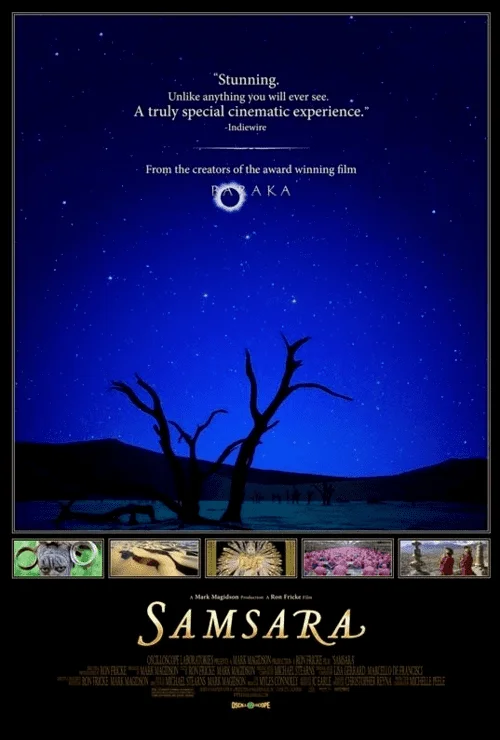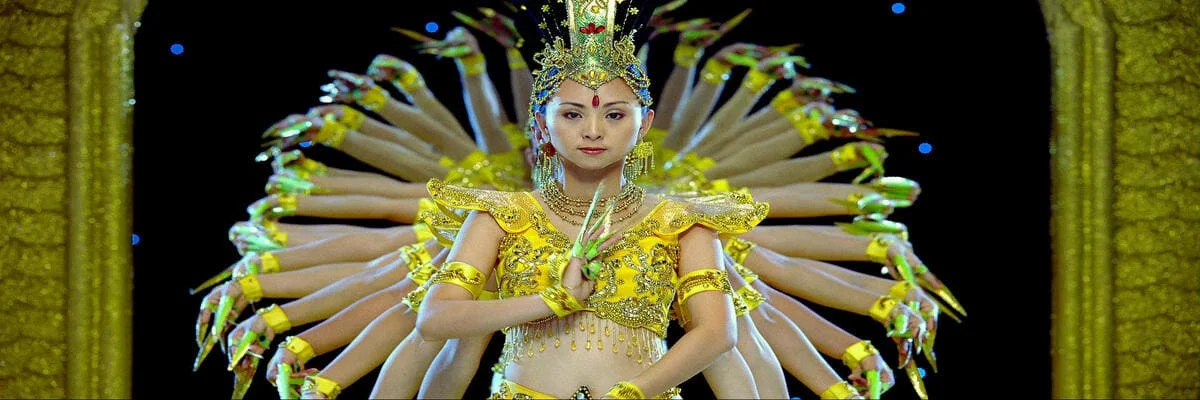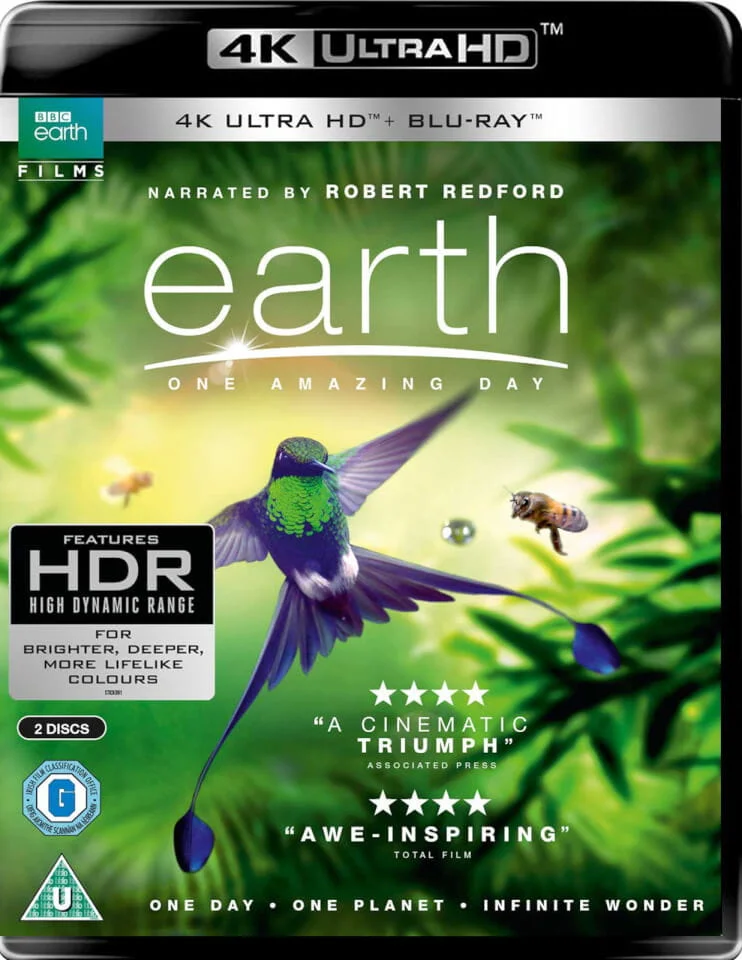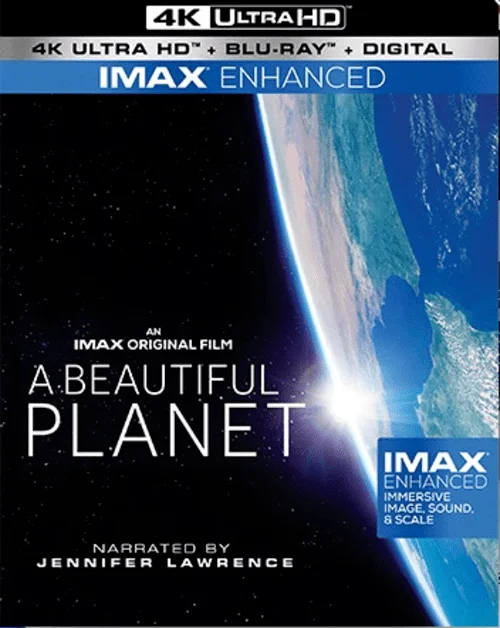
Samsara 4K 2011 2160p WEB-DL
Country: USA | Indonesia | Singapore | Thailand | Kenya | Denmark | Brazil | Jordan | United Arab Emirates | Saudi Arabia | South Africa | Italy | Ghana | Egypt | China | Japan | South Korea
Genre: Documentary
IMDB: 8.5
Producer: Ron Fricke
Cast: Balinese Tari Legong Dancers, Ni Made Megahadi Pratiwi, Puti Sri Candra Dewi, Putu Dinda Pratika, Marcos Luna, Hiroshi Ishiguro, Olivier De Sagazan, Ladyboys of Cascade Bar, Kikumaru, Crisanto Neire, Robert Henline, Patrick Disanto, Tai Lihua, Collin Alfredo St. Dic.

The film, shot entirely on 70mm film, is an hour and a half journey through the most amazing places on the planet (in total, 25 countries on 5 continents will be shown in the film). The action of "Samsara" takes the viewer to the sacred lands and areas of natural disasters, in the heart of industrial facilities and natural wonders.
Samsara 4K Review
Brightly painted Indonesian women dance a traditional dance in exotic national costumes. Close-ups of their puppet faces make you think that they are still children, built into the adult social hierarchy, into the merciless wheel of life.
"Eternally moving wheel" - this is the Sanskrit translation of the word "Samsara", the name of the new film by Ron Fricke, the director who became famous for his documentary works: "Baraka" (1992), "Koyaaniskatsi" (1982), "Chronos" (1985). "Samsara" is a logical continuation of Fricke's director's reflections on the cyclical existence of man on our planet. Balinese dance gives way to Buddhist prayer, sand-covered abandoned factories turn into meat production lines, sex shop paraphernalia turn into scenes of weapon making. It seems that you are watching a dimensionless slideshow of someone else's flickr. The owner of these shots is a socially responsible avid traveler who sees his mission in finding the meaning of the existence of everything on earth. This movie has it all: monks and criminals, prostitutes and soldiers, old people and babies, mothers and fathers, birth and death. (Death, by the way, is in a coffin stylized as a gun.) All this vitality is framed in unthinkable beauty landscapes of Tibetan slopes, volcanic eruptions and reflections in mirror ponds. The majesty of nature goes hand in hand with the thought of the insignificance of all fuss.
Everything that is only the most beautiful is taken into this film, and the terrible or disgusting also looks beautiful. Even tattooed from head to toe American Marcos Luna with a baby in his arms. Even the mutilated Sergeant Robert Henline, a veteran of the American army.
Criticism most often defines "Samsara" as an act of non-verbal meditation. It should be noted that this, of course, a grandiose project, which was filmed in 25 countries for almost five years, deserves attention and admiration, despite all the pathos and directness.
After all, not every work of art can be so large-scale, even if it was created in the visual aesthetics of art travel.
File size: 22.8 GB

Trailer Samsara 4K 2011 2160p WEB-DL
Latest added movies
Comments on the movie
Add a comment
 like
like do not like
do not like







